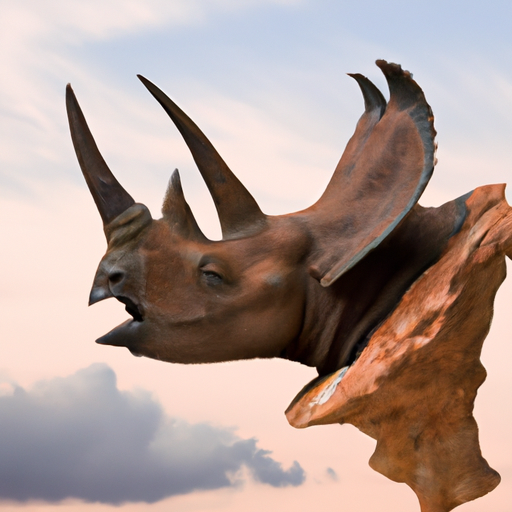 Introduction:
Introduction:
“When Animals Attack” is a gripping and thought-provoking television show that explores the fascinating interactions between humans and animals. This article delves into the long and storied history of this popular program, showcasing its evolution, impact, and the reasons behind its enduring appeal. From its origins to the moral questions it raises, join us on this immersive journey into the captivating world of “When Animals Attack.”
1. The Genesis of “When Animals Attack”:
The show first hit the airwaves in 1996, captivating audiences with its raw and intense footage of animal attacks. It was created as a response to the growing public interest in wildlife documentaries and nature-focused programming. The show’s creators believed that showcasing animal predation could serve as a cautionary tale, reminding viewers of the dangers that wildlife can pose.
2. The Format and Content:
Each episode of “When Animals Attack” typically features a compilation of real-life encounters between humans and animals, captured on film by everyday people or professional wildlife photographers. The show’s producers combine these gripping visuals with insightful commentary from experts, including wildlife biologists, behaviorists, and veterinarians. This blend of captivating footage and expert analysis provides viewers with a deeper understanding of animal behavior and the factors that contribute to attacks.
3. The Impact on Wildlife Conservation:
While some critics argue that “When Animals Attack” sensationalizes animal aggression, others contend that the show has played a significant role in raising awareness about wildlife conservation. By showcasing the potential dangers of human-animal interactions, the program serves as a reminder of the importance of maintaining a respectful distance and coexisting harmoniously with the natural world.
4. Ethical Considerations:
The ethical implications of “When Animals Attack” have long been a point of contention. Some argue that the show exploits animals for entertainment purposes, potentially disregarding their welfare. Conversely, proponents argue that the program educates the public about the realities of wildlife encounters, fostering empathy and understanding towards both humans and animals.
5. Evolution and Adaptation:
Over the years, “When Animals Attack” has evolved to incorporate a broader range of content. From focusing solely on animal attacks, the show now explores various aspects of wildlife behavior, including animal rescues, conservation efforts, and the delicate balance between humans and wildlife. This expansion reflects a broader societal shift towards a more compassionate and comprehensive understanding of animal welfare.
6. Global Impact:
The show’s immense success has led to adaptations in different countries worldwide, each with its unique cultural perspectives on human-animal interactions. These localized versions allow for a more nuanced examination of specific animal species, regional challenges, and conservation efforts.
7. Controversies and Criticisms:
Despite its popularity, “When Animals Attack” has faced criticisms from various angles. Some argue that the show perpetuates stereotypes about dangerous animals, fostering fear and misunderstanding. Others contend that the act of filming animal attacks may inadvertently contribute to the situation by prioritizing capturing the footage over the safety of people involved.
8. Balancing Entertainment and Education:
The challenge for “When Animals Attack” lies in maintaining a delicate balance between entertainment and education. By captivating viewers with intense visuals and narratives, the show ensures a wide audience, but it must also provide accurate information and responsible messaging to avoid sensationalism.
Conclusion:
“When Animals Attack” has undeniably left an indelible mark on the television landscape, captivating audiences around the world with its exploration of the complex relationship between humans and animals. While the show has faced its share of controversies, it continues to serve as a platform for raising awareness about wildlife conservation, responsible behavior in nature, and the significance of coexistence. As we navigate the ever-changing dynamics of our shared planet, programs like “When Animals Attack” remind us of the importance of respecting and understanding the creatures with whom we share this awe-inspiring world.
